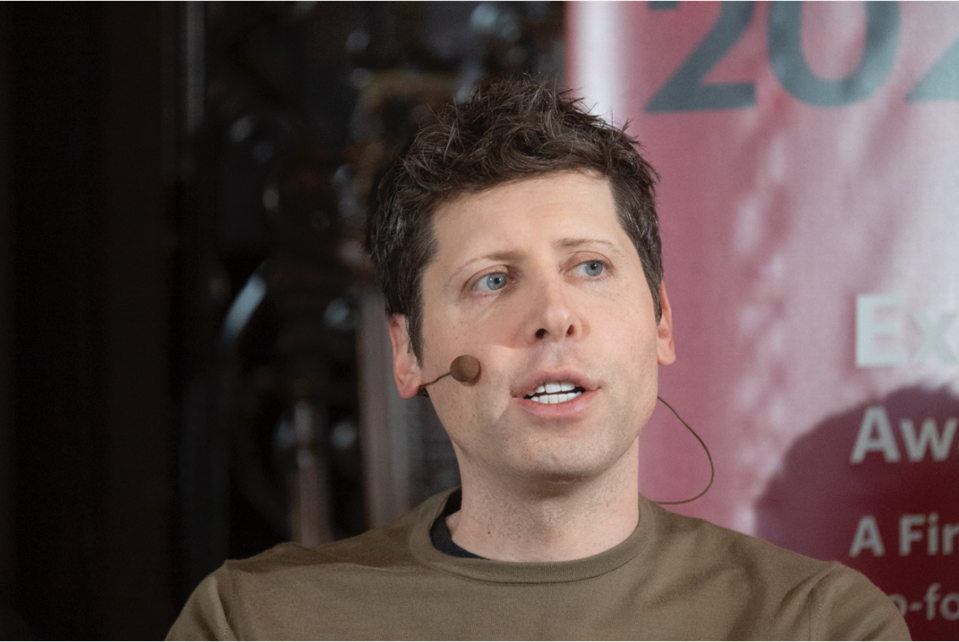A recent question and answer session with Sam Altman gave us a surprising insight into the journey that he and others took in making their way towards the evolution of ChatGPT.
Most of us would agree that this technology has become the banner tech for AI in general – its muscular responses to complex questions have been at the center of how we view intelligence driven by language models.
Starting with some background on himself, and describing his high school life as a “computer nerd” and water polo player, Altman led into a description of parts of his career in tech, noting that he worked with very smart people and kept networking to achieve his legacy in deep learning and artificial intelligence.
Initially, he said, AI was on the periphery, but he felt that things that weren’t working great could still be interesting, and saw a path toward improvement.
“We thought if AI could work, it would be the coolest, most exciting thing worth pursuing,” he said.
He also quoted Paul Graham talking about being “relentlessly resourceful” and suggested we should always keep looking for attack vectors.
“It’s one of the most important skills in life,” he said, adding that it’s teachable and works in almost all scenarios.
So what about the timeline for enthusiasm around OpenAI’s trail-blazing AI? By 2015, Altman said, it was clear that there was something interesting going on with deep learning.
However, teams were still stumped by exactly what to do with that knowledge.
“Nothing else was clear,” he said, of brainstorming sessions at the time, describing people staring around the room and saying “okay, what now?”
“Language models were still in the future,” he explained, noting that it’s hard to innovate without a practical plan.
“If you start a for-profit, you have to theoretically have some idea of what you’re going to do,” he said.
The initial idea for Altman’s people was a research lab, he said, but they couldn’t get it to work.
However, as early as 2012, people were figuring out that deep learning was better at scale.
“It took a couple of years to internalize that,” he said of his eventual move toward developing ChatGPT.
Another puzzle, he added, was how to convince people of the value of AI.
“It was shockingly hard,” he said.
Talking about artificial neurons and sentimentality, he described a kind of thinking where it seemed like people all in on AI were almost in a kind of “cult.”
“We asked: how is this (technology) not like an earthquake to the world?” he said.
However, by the unveiling of chatGPT 3.5, things had really started to take off. Altman pointed out that chatGPT 3, the prior version, was already pretty good, but it seems to be the next iteration that sealed the deal.
This was an exciting look into the career and the mind of someone who is very important in the landscape of AI, something that we’re now giving a lot of attention to!

